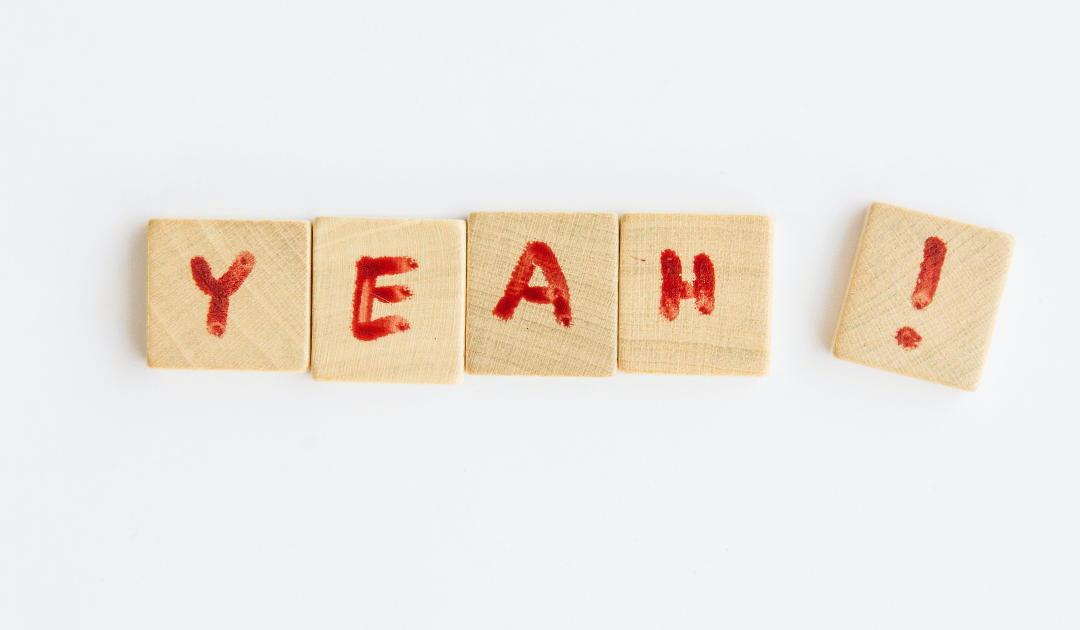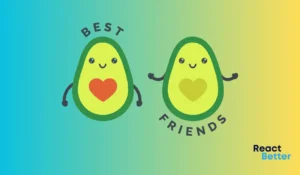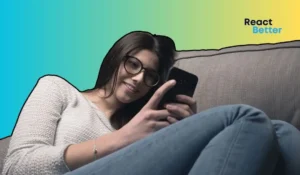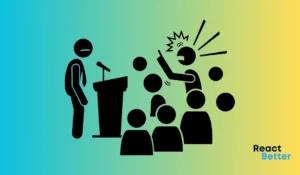Responding to a simple “yeah” in a text message can be challenging, as this one-word reply can carry various meanings depending on the context and the relationship between the sender and receiver. Understanding these nuances and having an appropriate response can keep the conversation flowing smoothly. Let’s explore the different meanings of “yeah” in text messages and some suggested how to respond to yeah responses.
Table of Contents
Affirmation
Meaning: When someone replies with “yeah,” it often signifies agreement or acknowledgment. It’s a straightforward confirmation.
Suggested Responses:
- Acknowledging the agreement: “Great, we’re on the same page then!”
- Further Inquiry: “Since you agree, what do you think we should do next?”
- Expressing gratitude: “Thanks for agreeing! It means a lot.”
- Building on the agreement: “That’s awesome! Any ideas on how we move forward?”
- Encouraging further discussion: “Glad you agree! What are your thoughts on the details?”
- Showing appreciation: “Thanks for being on board! It means a lot to have your support.”
- Expressing excitement: “Yay! I’m excited that you’re excited! 😊”
- Offering next steps: “Cool! Let’s plan out the next steps together.”
Indifference
Meaning: Sometimes, “yeah” can imply a lack of enthusiasm or interest. It might be a non-committal or uninterested response.
Suggested Responses:
- Seek clarification: “You seem a bit unsure. Is everything okay with this plan?”
- Offer alternatives: “If you’re not excited about this, we could consider other options.”
- Light-hearted approach: “Not the most enthusiastic response, huh? 😄 Any other thoughts?”
- Expressing concern: “You seem a bit uninterested. Is everything okay?”
- Inviting open dialogue: “If you’re not into this idea, I’m open to hearing your suggestions.”
- Gauging interest: “Not sure if you’re keen on this. Should we change it up?”
- Showing understanding: “Seems like you’re not too excited. We can discuss something else.”
- Lightening the mood: “Hmm, I’m getting mixed vibes. Should I send a joke to lighten the mood? 😄”
Distraction
Meaning: “Yeah” can indicate that the person is distracted or preoccupied. Their response is brief because they’re not fully engaged.
Suggested Responses:
- Show understanding: “Seems like you’re tied up at the moment. We can talk later if that works better.”
- Prompt further engagement: “Got a lot on your plate? Let me know when you’re free to chat.”
- Express concern: “You seem a bit distant. Is everything alright?”
- Acknowledging busyness: “Sounds like you’ve got a lot going on. Let’s chat when you’re less busy.”
- Offering support: “If you’re overwhelmed and need to talk, I’m here.”
- Understanding and patience: “You seem preoccupied. No rush, respond when you can.”
- Checking in later: “Maybe now’s not a good time. I’ll check back with you later?”
- Ensuring well-being: “You sound distracted. Everything good on your end?”
Brevity
Meaning: In some cases, “yeah” is used for brevity, especially in informal texting. It’s a quick way to respond without elaboration.
Suggested Responses:
- Keep it brief too: “Okay, cool.”
- Encourage more conversation: “Got it. Anything else you wanted to add?”
- Mirror the brevity: “Alright, thanks.”
- Matching the tone: “Ok, short and sweet. Works for me!”
- Keeping it simple: “Alright, gotcha.”
- Acknowledging efficiency: “Quick response, I like it! Anything else to add?”
- Respecting the brevity: “Understood. We can keep it brief.”
- Concise acknowledgement: “Got it. Will do.”
A Pause
Meaning: Sometimes, “yeah” can be a placeholder, indicating that the person needs a moment to think or is pausing before continuing.
Suggested Responses:
- Give them time: “Take your time, let me know what you think.”
- Prompt continuation: “Yeah…? What’s on your mind?”
- Encourage open dialogue: “If you’re pondering something, feel free to share. I’m here to listen.”
- Encouraging thoughtfulness: “Take your time. I’m curious about your thoughts.”
- Offering space: “Sounds like you’re pondering. I’ll wait for your thoughts.”
- Showing patience: “No rush, let me know when you’ve gathered your thoughts.”
- Inviting deeper conversation: “Seems like there’s more to say. I’m all ears.”
- Understanding hesitation: “If you need a moment to think, that’s fine.”
In each of these scenarios, the key is to interpret the “yeah” in the context of the ongoing conversation and the relationship you share with the person. Your how to respond to yeah response should aim to either keep the conversation going, seek clarity, or acknowledge their state of mind. Remember, digital communication often lacks the nuances of face-to-face interaction, so it’s important to be considerate and patient in your responses.
- 25 Top Valentine’s Day Quotes for Friends 2025 - February 12, 2025
- 91 Replies to Respond to Congratulations – For Every Occasion! - February 6, 2025
- 100 Funny Responses To Late Replies In Texting - February 3, 2025





